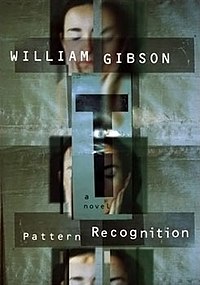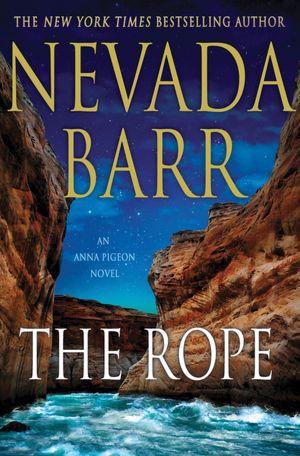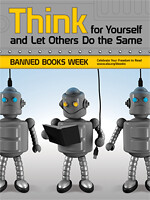William Gibson
After reading
Distrust That Particular Flavor, I felt a need to catch up a bit on William Gibson's novels.
Pattern Recognition is the first in a series of novels set in a weird Gibsonian version of the, post 9/11, present. Gibson's protagonist, Cayce Pollard, makes her living by being psychologically allergic to corporate hyperbole. She is a consultant to advertising agencies, on what is going to be the next cool thing to take advantage of and what is creepy about their advertising campaigns. She is in London at the beginning of the book, passing judgement on the newly designed swoosh logo of a sneaker manufacturer which shall remain nameless.

Gibson built this novel around a concept which he calls the "Garage Kubrick." Keep in mind that the book was published in 2003, before the advent of YouTube. The "Garage Kubrick" working alone with a personal computer, is able to create a feature film by manipulating bits and pieces of footage, making a movie pixel by pixel, mixing in dialog and music, then releasing the film by uploading it in bits and pieces, to various websites.
Cayce Pollard, who follows the release of the various bits of "the footage" and discusses them on a dedicated online forum, is hired by the mysterious Dutch advertising executive Hubertus Bigend, to track down the creator of the footage, the "Garage Kubrick." The action and adventure that ensues is due to her pursuit of that goal. I hate to release any spoilers but rest assured there is plenty of action and adventure.
All of the technology in the book was current, or at least possible, in 2003. Pixar was creating digitally animated films which were quite sophisticated. It was possible, at that time, to imaging one that looked like live action. This year, of course, we saw the release of
Tintin, which appears to be about 95% of the way to that goal.
I am working my way through
Spook Country, Gibson's next novel in this series, on my way to attempting
Zero History, which came out in 2010. Expect to see more of Gibson on these pages, soon.












